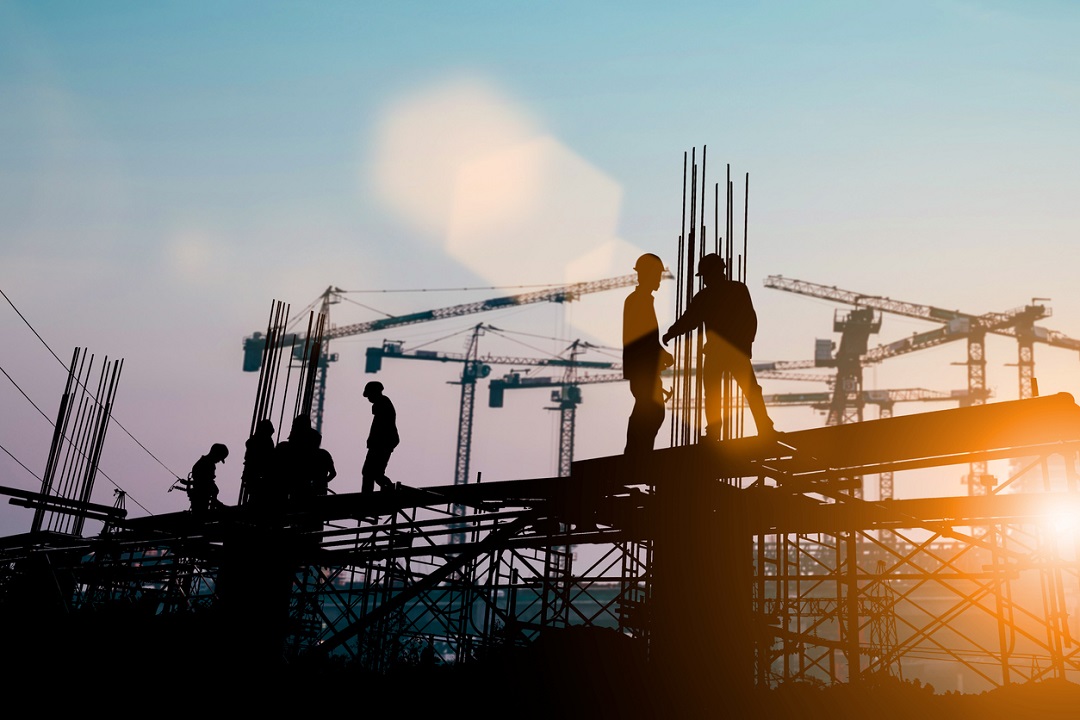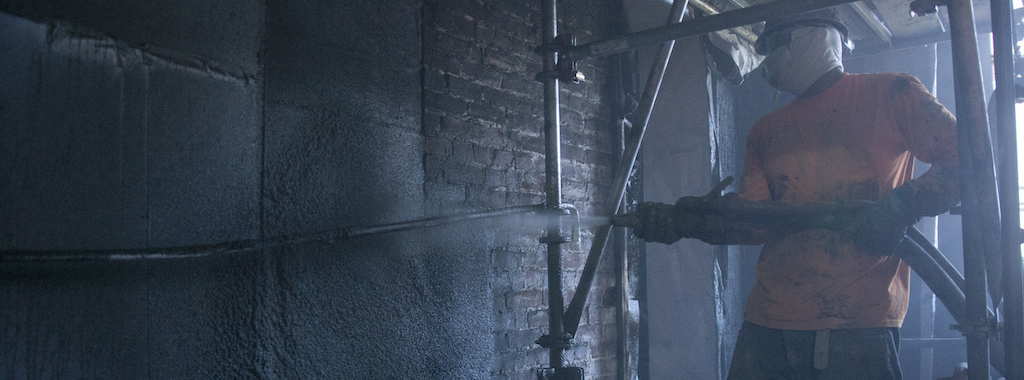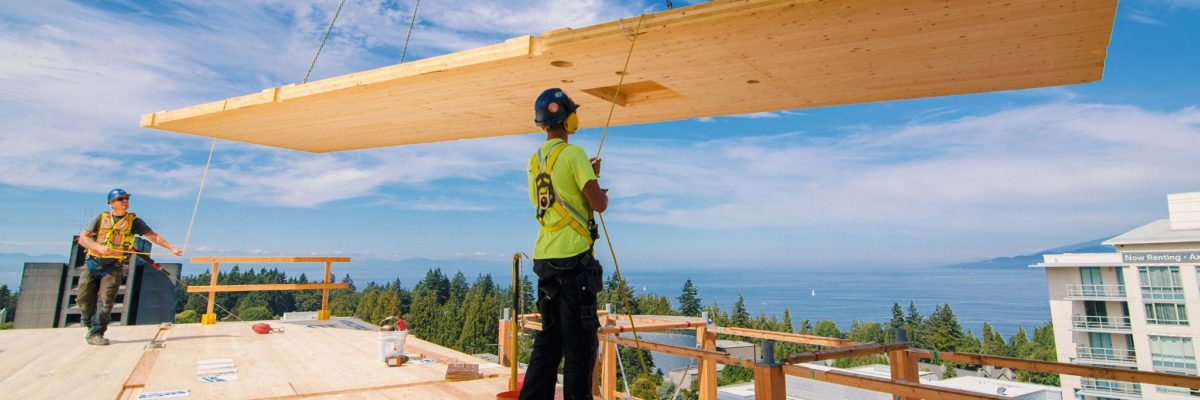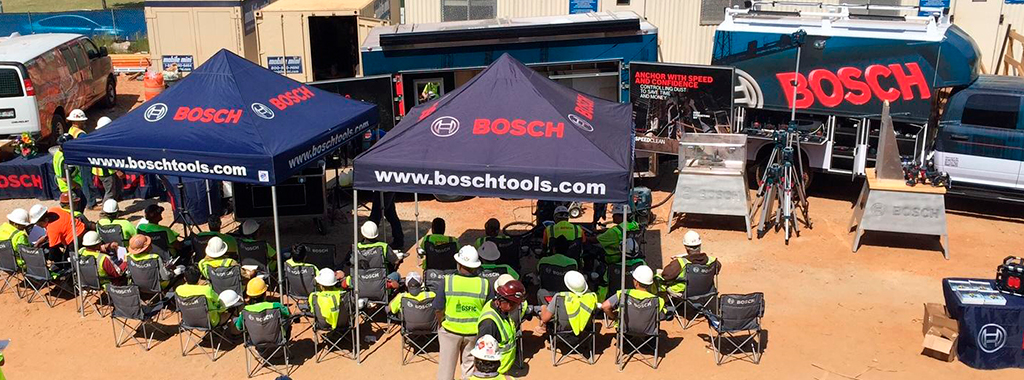This post examines several advantages of fabric-reinforced cementitious matrix (FRCM) applications over traditional shotcrete methods in the repair and reinforcement of concrete construction.
Continue reading “FRCM – An Alternative to Shotcrete for Structural Repair and Strengthening of Concrete”
Category: Commercial Construction

Our founder, Barclay Simpson, started our company with a simple belief — help customers solve problems. Barc did just that when he created our first joist hanger in 1956 for a customer who needed to make a roof connection. Today, we have many more solutions to meet customers’ construction needs with our full product offering structural connectors, fasteners, fastening systems, anchors, lateral systems, software, and concrete repair, protection and strengthening systems. Simpson Strong-Tie products can be found in commercial construction projects varying greatly in size and scale. We have solutions for soft-story retrofitting, steel construction, unreinforced masonry (URM) retrofits and more. Our goal is to create awareness, offer educational material and provide solutions for your construction needs.
What You Should Know About Cross-Laminated Timber Construction
Residences and low-rise commercial structures have been built using dimensional wood framing since the mid-19th century.
The first skyscraper ever built was erected with steel framing, however. The Home Insurance Building in Chicago was completed in 1885 and was 10 stories tall.
Continue reading “What You Should Know About Cross-Laminated Timber Construction”
Cross-Laminated Timber Takes Wood Construction to Greater Heights Than Ever Before
Cross-laminated timber (CLT) is changing the way urban builders scrape the sky.
From London to Tokyo, the race is on to build the tallest wood-framed skyscraper in the world. Prized for its workability, low cost and visual aesthetics, wood was widely used by urban builders until the early 20th century, when fires triggered by the 1906 San Francisco Earthquake leveled the largely stick-built city. Until recently, the other knock on wood was a vertical one, in that stick-framed buildings generally top out at five stories, owing to the accumulation of dead and live loads in excess of the allowable loads for lumber.
Continue reading “Cross-Laminated Timber Takes Wood Construction to Greater Heights Than Ever Before”
Creating Resilient Buildings and Communities
There’s been a lot of discussion recently about resilient buildings and resilient communities, including what it means to be resilient, why it’s important, whether it’s possible within budget constraints, and how it can be achieved. The 100 Resilient Cities Rockefeller Foundation initiativedefines “urban resilience” as “the capacity of individuals, communities, institutions, businesses and systems within a city to survive, adapt and grow no matter what kinds of chronic stresses and acute shocks they experience.”
The discussions have noted that communities are made up of several components — such as buildings, infrastructure, water, power and communication — that all need to be considered when developing a plan for resilience. Even though community resilience is multifaceted, the resiliency of buildings is a crucial component because research shows that Americans spend 90% of their day inside buildings.
Continue reading “Creating Resilient Buildings and Communities”
Keep Corrosion in Check
Just as knowing the load capacities of your metal hardware is crucial to safeguarding the structural integrity and longevity of your building project, so is understanding the metal’s susceptibility to corrosion. The likelihood of rust and rot increases when you are building outdoors in wet environments or other corrosive conditions. Having a solid awareness of the corrosive threatsposed by the environment and your building materials will help you to choose the fasteners, connectors and anchors that will best mitigate the risk of corrosion and keep your project structurally sound for the long haul.
Start by evaluating the exposure levels in your environment. Is it an interior dry- or exterior wet-service job, for example? Generally, outdoor environments are more corrosive of steel because of the greater moisture levels they present. Projects near the ocean or waterfront are at increased risk for corrosion due to airborne chlorides and salt splash prevalent in marine locales. Salt is also a danger if building materials will be exposed to de-icing salts.
Continue reading “Keep Corrosion in Check”
Triple Feature: Three Companies Join Forces to Enhance Jobsite Safety
Simpson Strong Tie, Bosch Power Tools, and Ergodyne Work Gear team up for the ultimate road trip.
Quick, what do the Atlanta Falcons and Apple Computer have in common? Give up? Well of course they’re both incredibly popular consumer brands, but they’re also both behind some of the biggest U.S. construction projects in recent history. And that’s not all: Apple’s $5 billion mothership headquarters in Cupertino, Calif. and the Falcons’ $1.6 billion Mercedes-Benz Stadium were also recent stops on the Bosch Power Tour, a contractor safety and tool demonstration road trip that last year hit close to 200 jobsites across the country.
Continue reading “Triple Feature: Three Companies Join Forces to Enhance Jobsite Safety”







